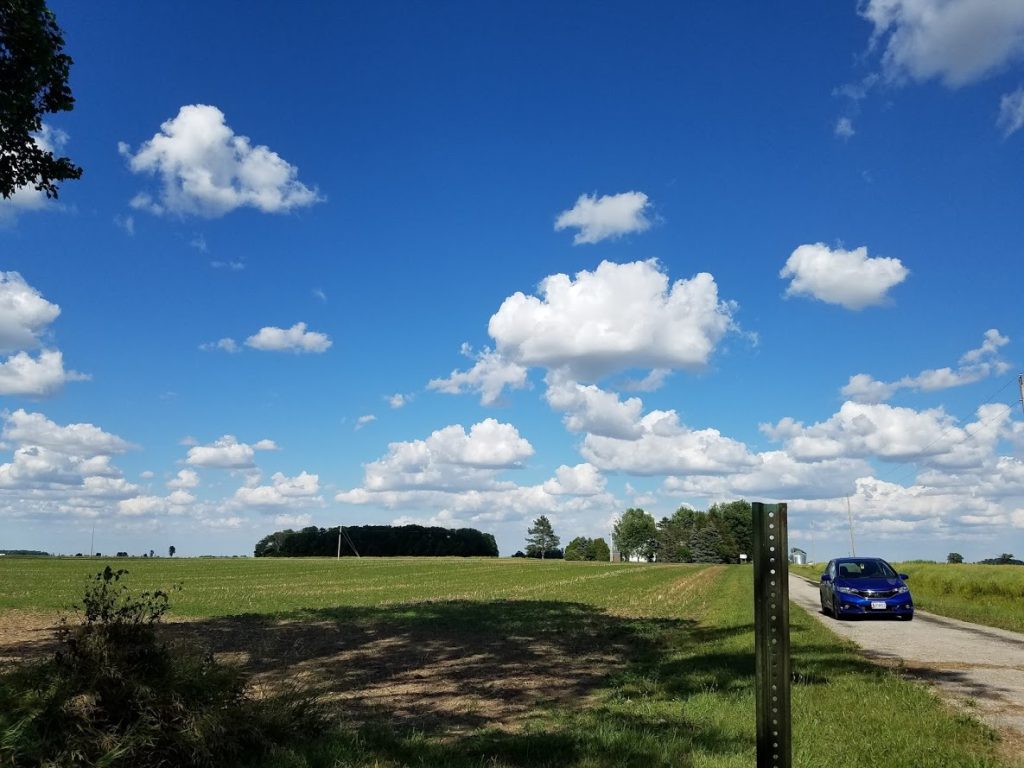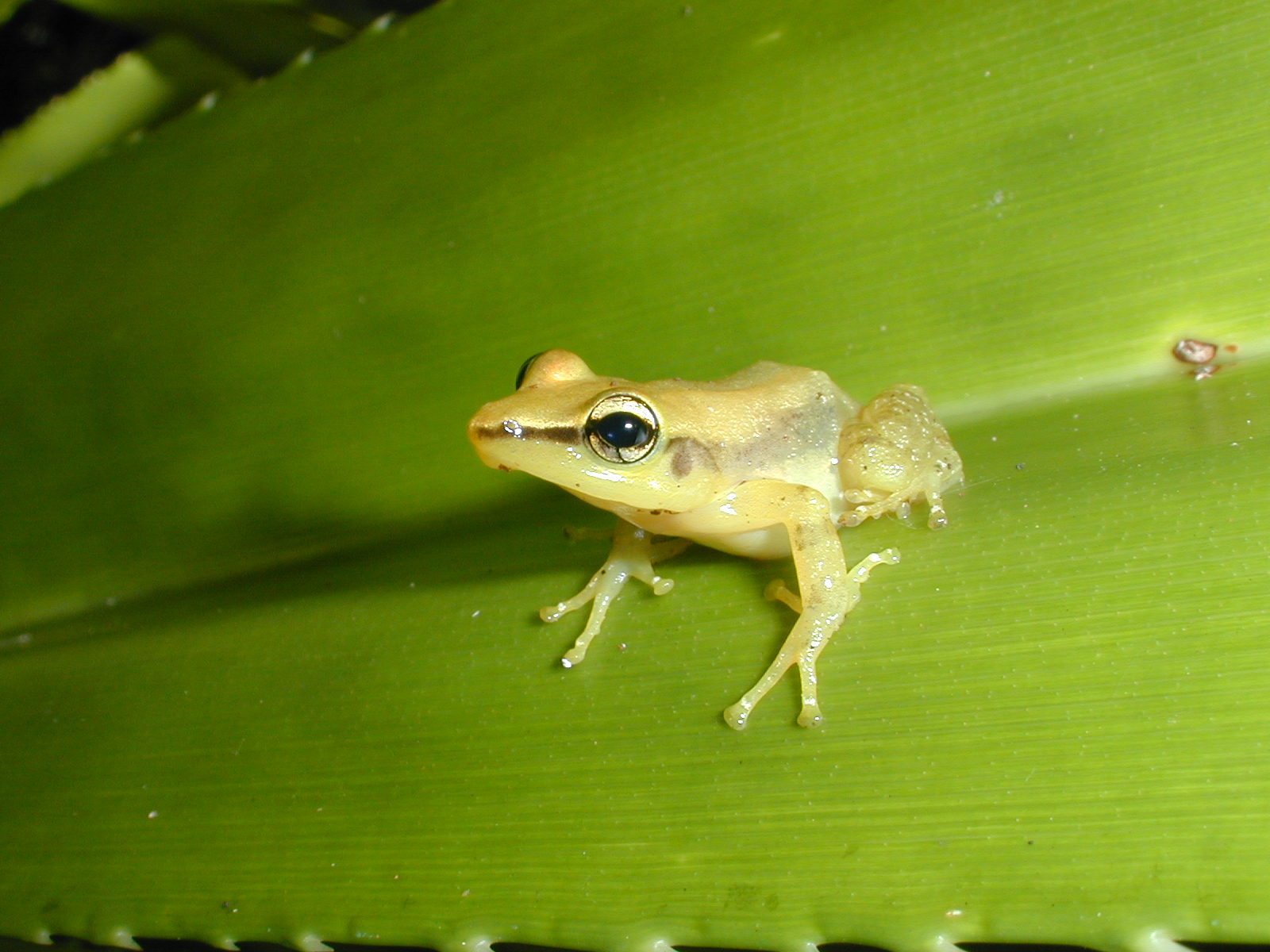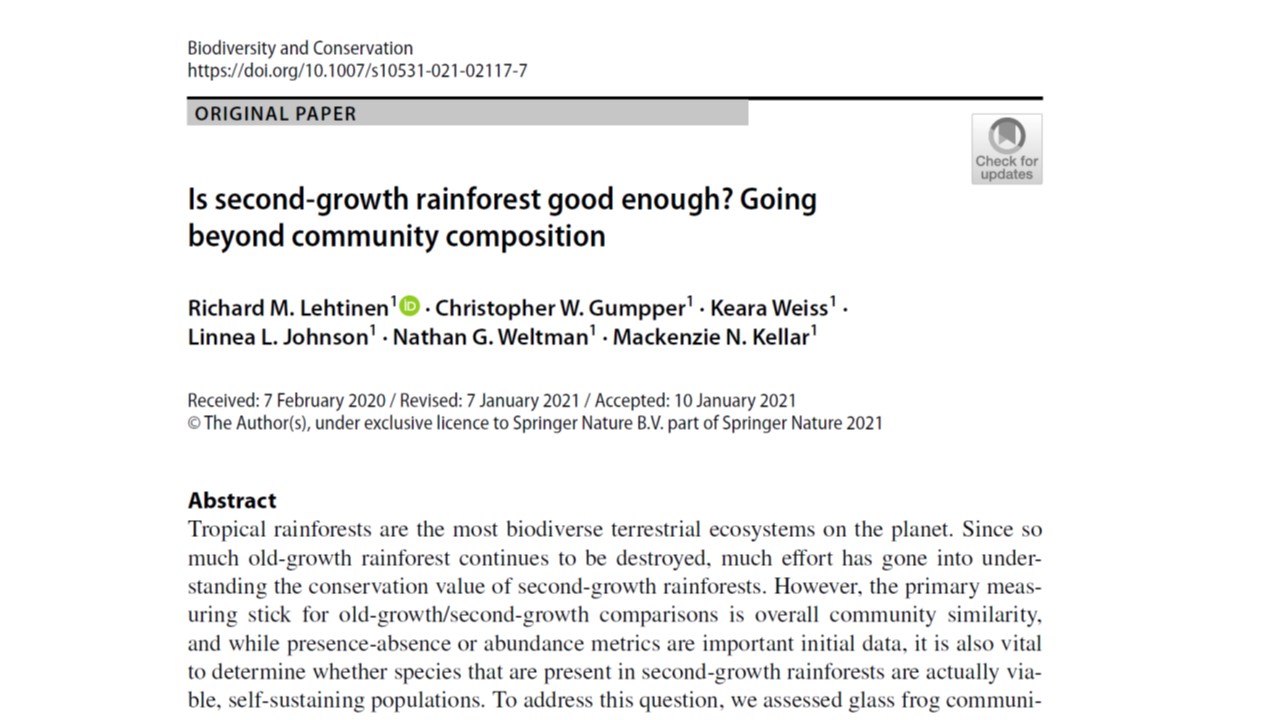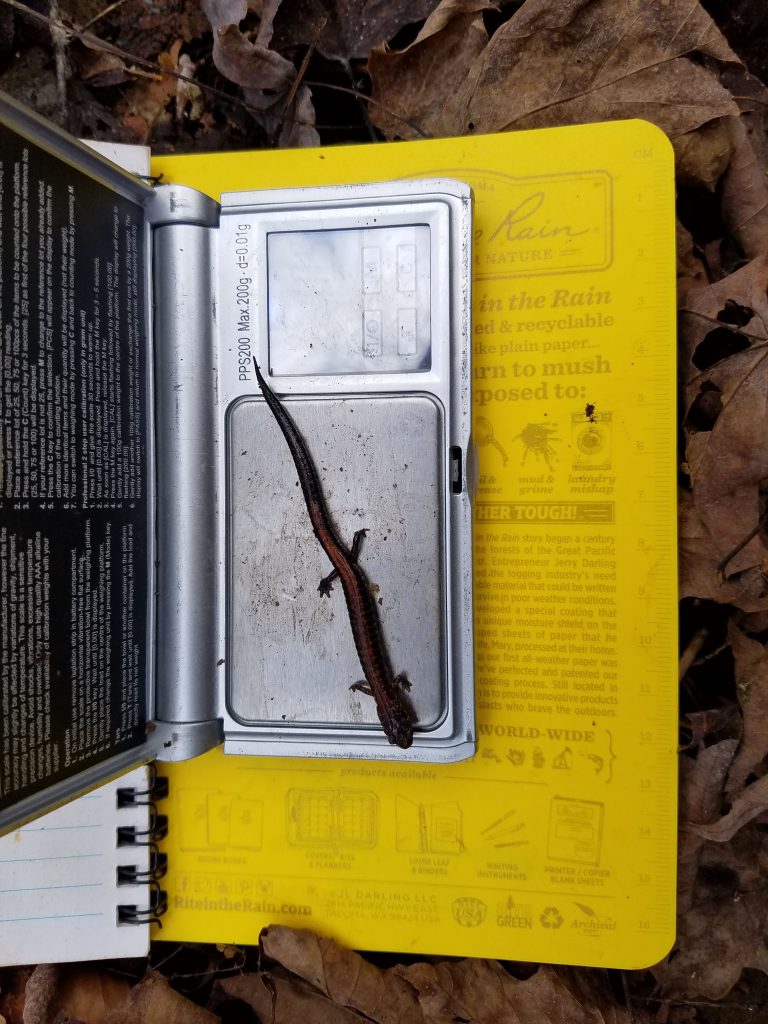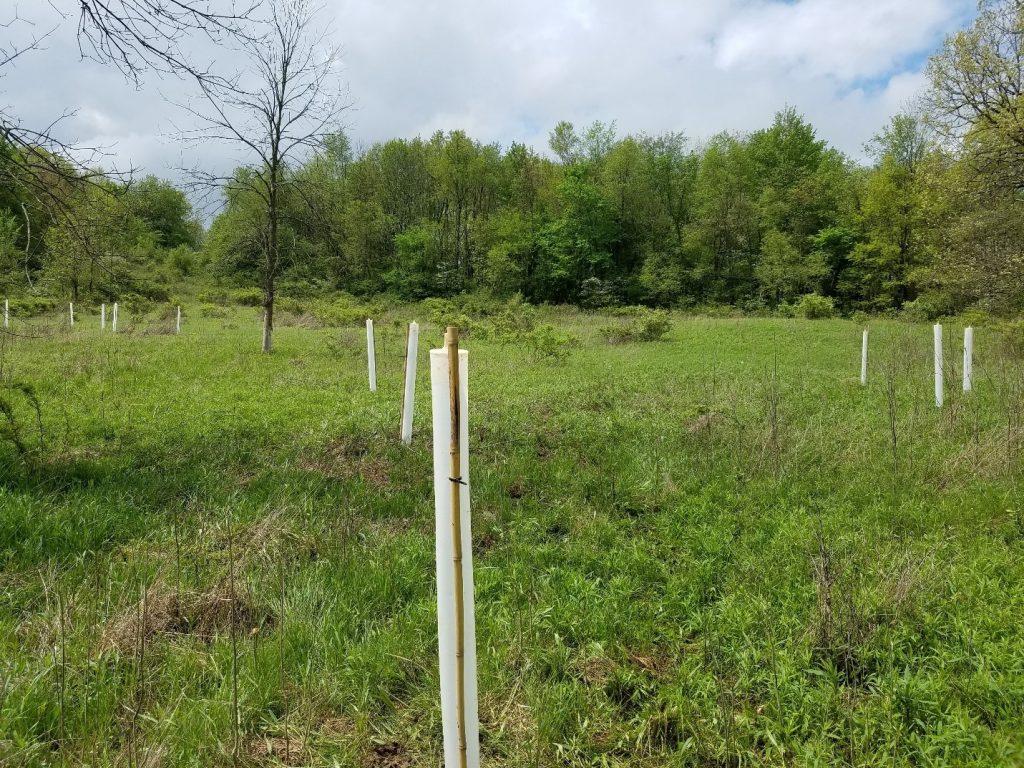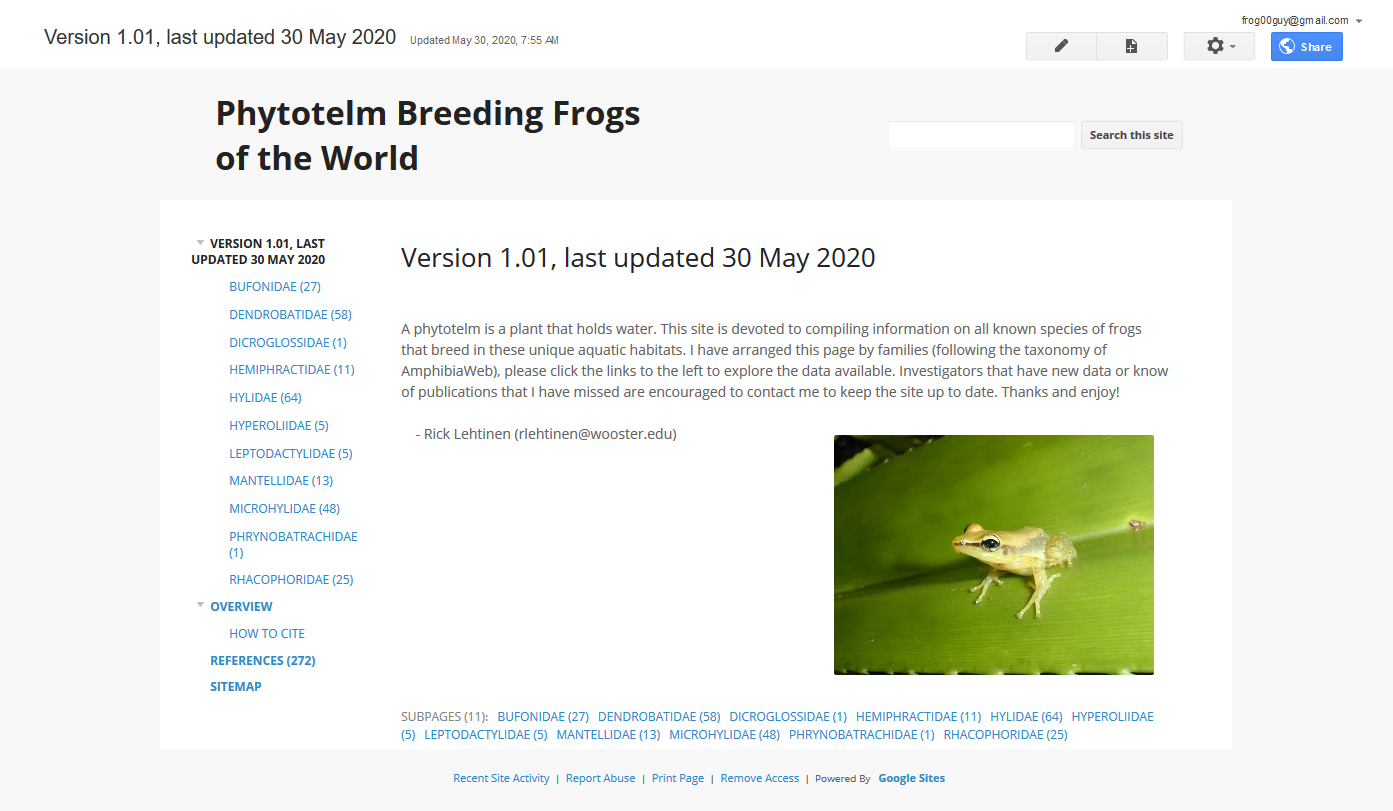Back in June, Dr. Katherine Krynak (Ohio Northern University), John McCall (Michigan Tech. University) and I completed our fifth year of field surveys for Blanchard’s cricket frog, with the help of three awesome student assistants. We have been doing listening surveys for this species at 102 sites in northwestern Ohio since 2017, which builds on a five year data set from the same sites from 2004-2008. This year was a relatively good year for cricket frogs, with at least a third of the sites occupied. Keep your eyes open for a forthcoming analysis of these survey data!
